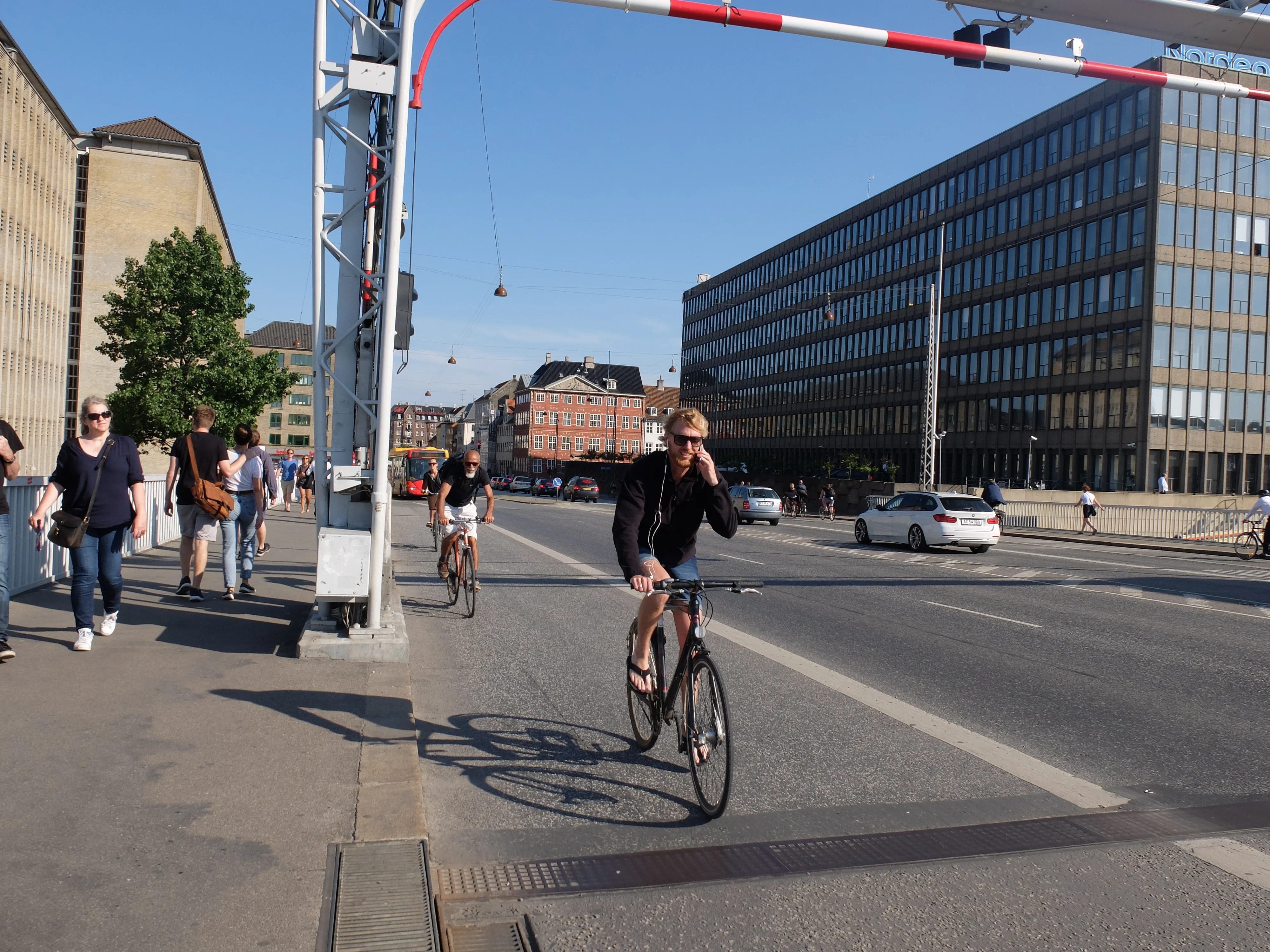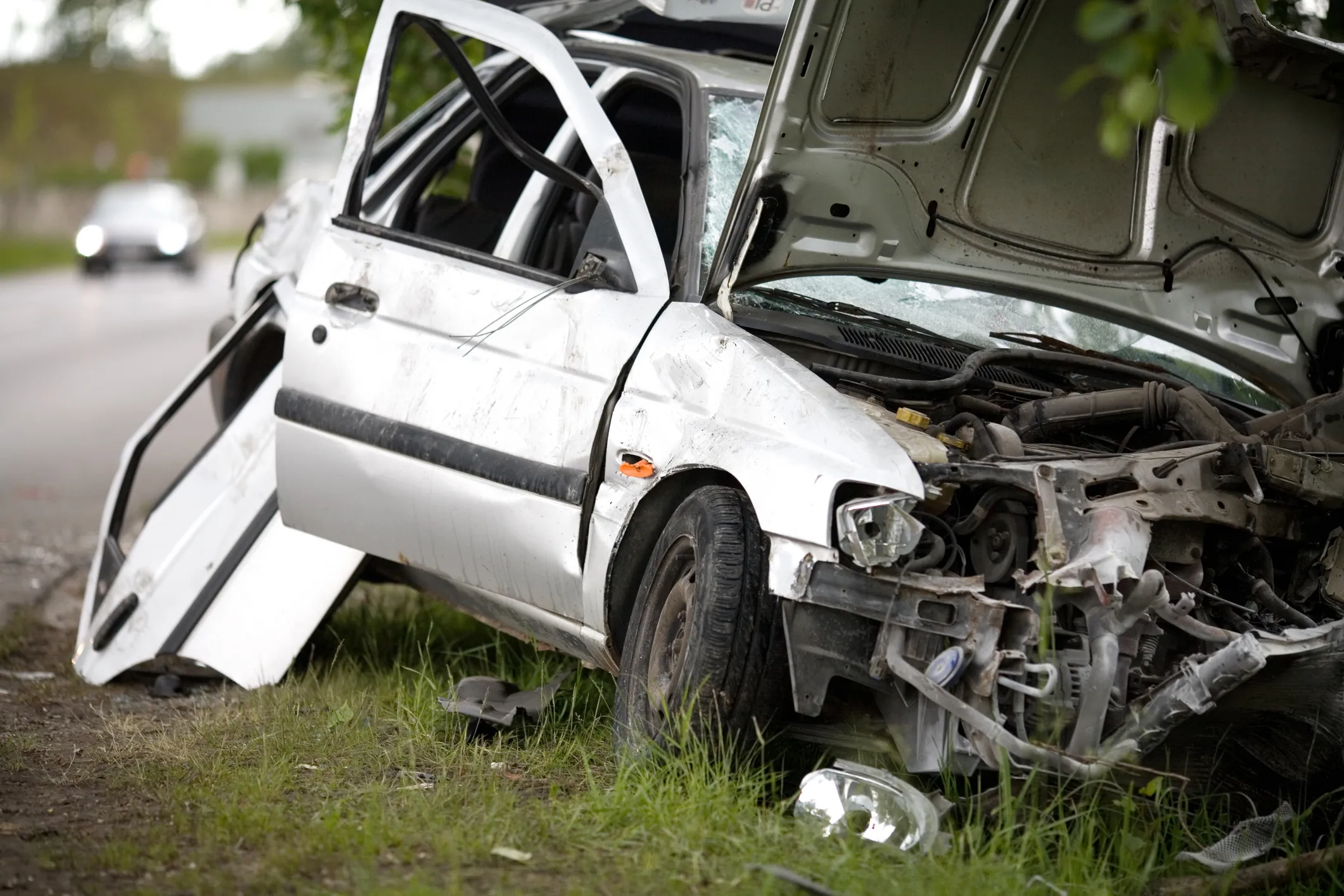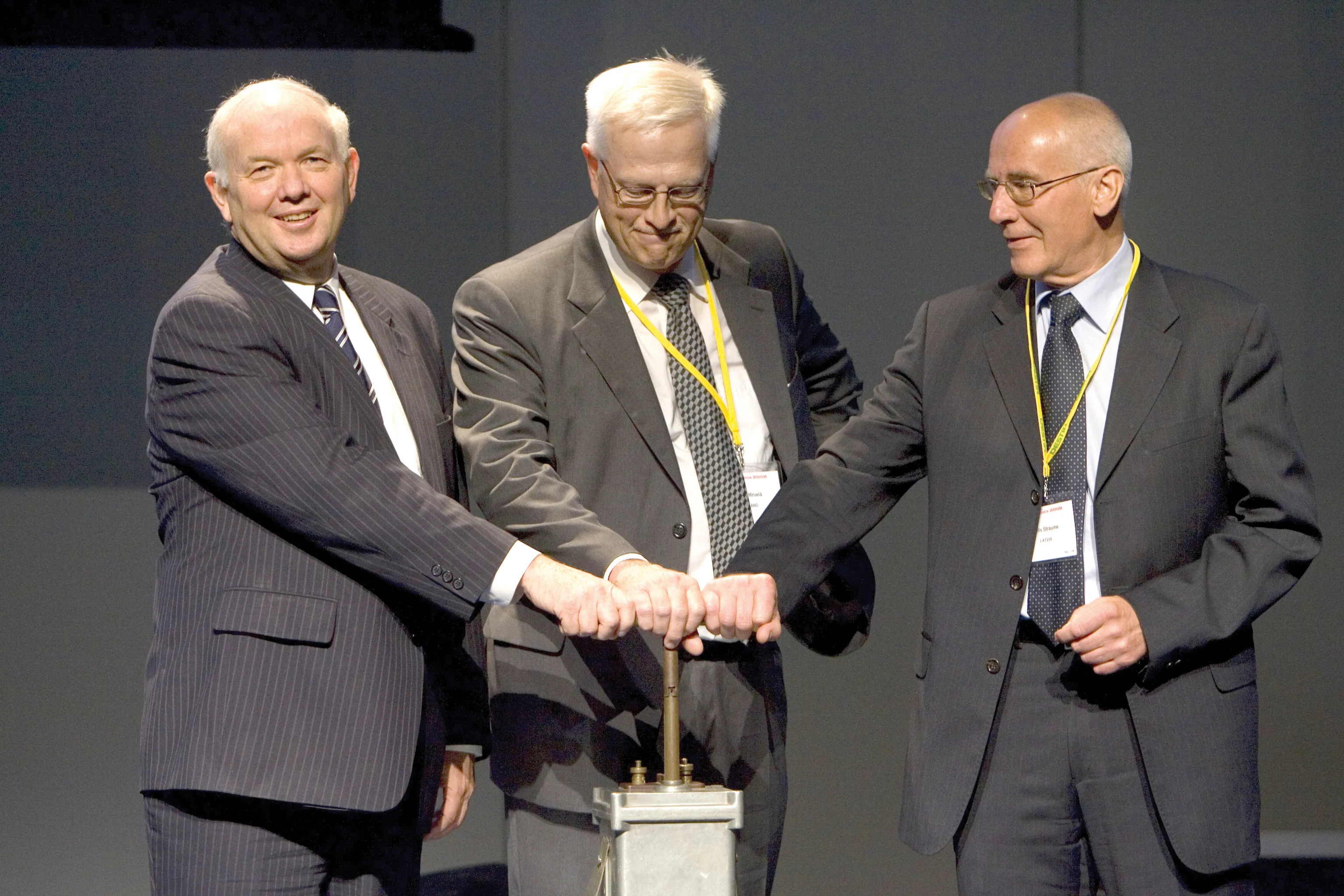
A new report highlights the continuing improvement in road safety in Denmark. The report, Traffic accidents in 2022, was produced by the Danish Road Directorate.
The data shows that 154 people were killed in road crashes in Denmark in 2022. This is of note as the data shows it is the second lowest level of road fatalities since the 1930s when Denmark first began collating information on road casualties.
Key factors in the improving road safety include the introduction of lower speed limits in urban areas and tougher measures with regard to enforcement of speeding. Another important factor according to the Danish Road Directorate has come from increases in the cost of fuel, which has encouraged drivers to limit the use of their vehicles.
Denmark’s record on road safety has seen continuous improvement in recent years, with the country encouraging the development of active travel.









